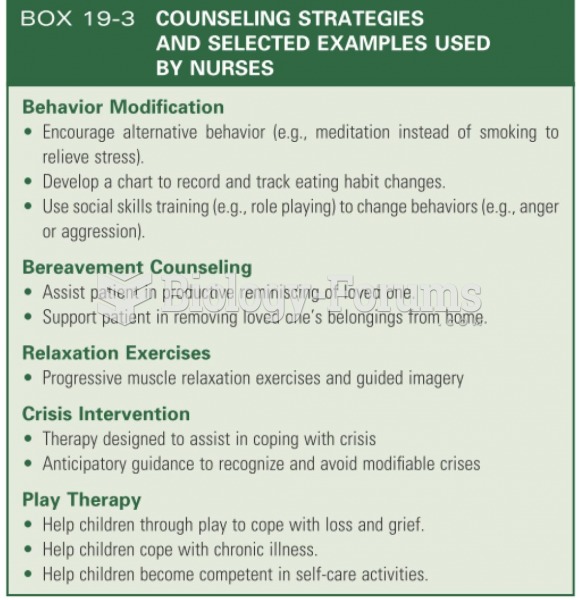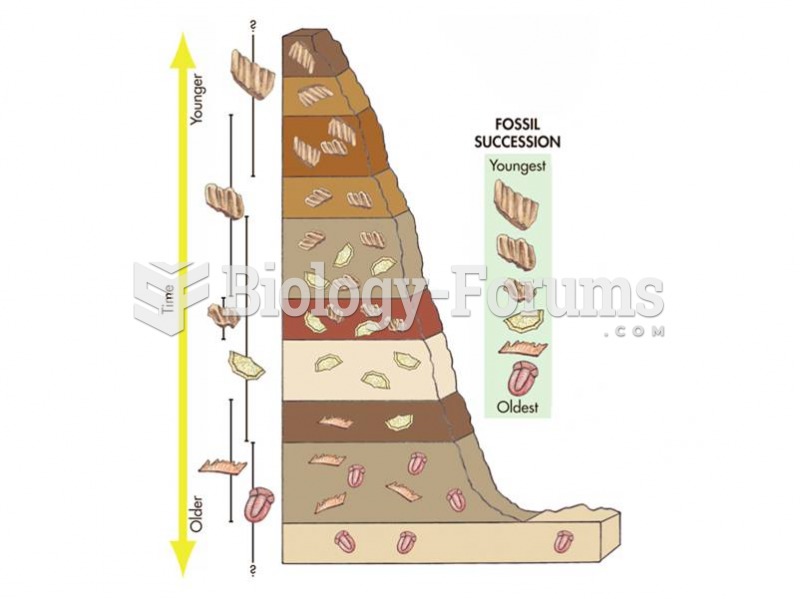This topic contains a solution. Click here to go to the answer
|
|
|
Did you know?
Autoimmune diseases occur when the immune system destroys its own healthy tissues. When this occurs, white blood cells cannot distinguish between pathogens and normal cells.
Did you know?
Nearly 31 million adults in America have a total cholesterol level that is more than 240 mg per dL.
Did you know?
Asthma cases in Americans are about 75% higher today than they were in 1980.
Did you know?
In 1864, the first barbiturate (barbituric acid) was synthesized.
Did you know?
There are more bacteria in your mouth than there are people in the world.







